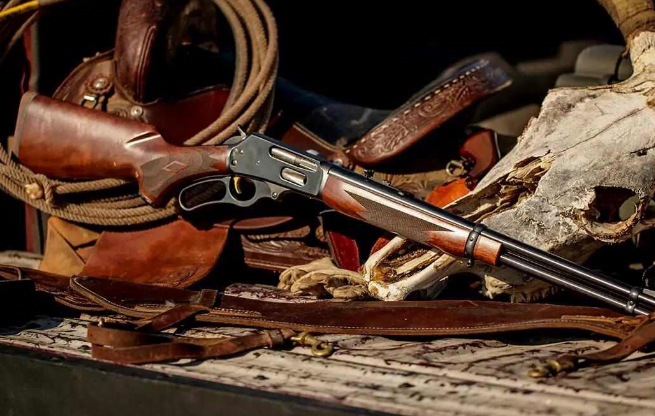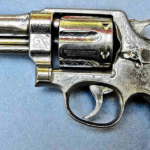
Growing up in the Midwest, every November was punctuated with story after story of Whitetail deer hunts. Polaroid grip and grin photos were passed around while those who hadn’t notched their tag yet shared their stories of the one that got away. In almost every hunter’s hand was either a bolt-action .30-‘06 or a lever action .30-30 Winchester. While not as hard-hitting as his ‘06 big brother, the venerable .30-30 lever gun was typically faster handling in the thick brush and easier to control recoil. Either the Winchester 94, Marlin 336 or Savage 99 was the lever gun of choice for those closest to me. I always listened to their stories with awe and looked at the rifles with longing, dreaming of the day when I would have my own. Until recently, I didn’t know when it would happen for me. With Remington’s bankruptcy in 2020, it seemed Marlin had hit a dead end. Despite record firearms sales for the year across the industry, their production ground to a halt. It wasn’t until later that year, when Ruger acquired the age-old brand, that hope was renewed. Production moved from Ilion, NY to Mayodan, NC. Just over a year later, the first Ruger-made Marlin rifle rolled off the manufacturing line. Products continued to arrive, and in 2023, they reintroduced the Model 336 Classic: my dream rifle. Demand was high, and finding one in stock anywhere at a reasonable price seemed next to impossible. Just a couple of months ago, I finally found one on GunBroker. I placed the order and waited patiently for it to arrive at my FFL. A long-time dream was about to be realized.
The Rifle in Hand

There is something to be said for the classic beauty of walnut and blued steel when you first hold the 336 Classic in your hands. Its “Classic” namesake rings true from barrel to buttstock. The 20.25-inch tapered barrel is cold-hammer-forged alloy steel, and features six rifling grooves in a 1:11-inch right-hand twist. This is a departure from many of the earlier Model 336s, which featured shallow micro-groove rifling. The micro groove was cheaper for Marlin to mass-produce but was always controversial for its departure from more traditional rifling. The modern cold-hammer-forging creates highly consistent rifling and a stronger, more heat-resistant barrel overall. For years, Ruger has had a handle on mass-producing cold-hammer-forged barrels and took this know-how into the Marlin line.

Mounted atop the barrel is an adjustable semi-buckhorn rear sight with a shrouded brass bead in the front. Underneath the barrel is a full-length tubular magazine, which can hold six rounds fed through the side loading gate in the receiver. A steel band secures the magazine to the barrel, and a second band secures the walnut forend in place. A forward sling-swivel is mounted to the forend barrel band, and the rear sling swivel is mounted to the buttstock. The matte-finished American black walnut stock and forend are eye-catching and feature clean-cut diamond checkering, which functions as good as it looks. The reddish-brown rubber buttpad does a nice job of softening the recoil and features the Marlin Horse and Rider logo molded into it. On the underside of the buttstock, just forward of the sling mount is the Marlin Bullseye inlay, a staple trademark feature of the brand’s rifles since 1922. The bullseye is now red and white, instead of the black and white it was on pre-Ruger models.


